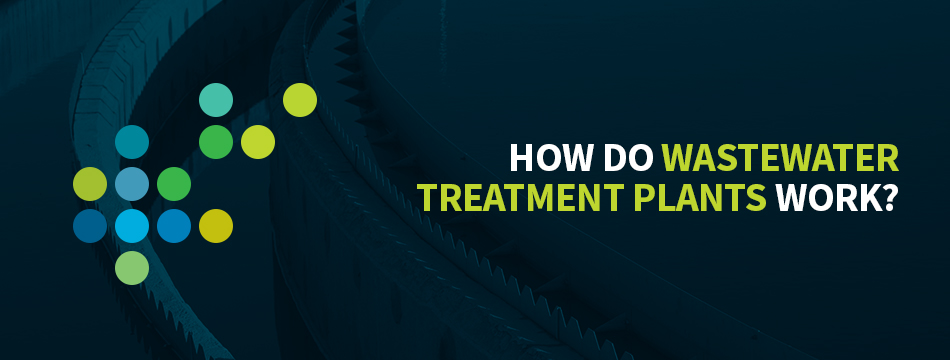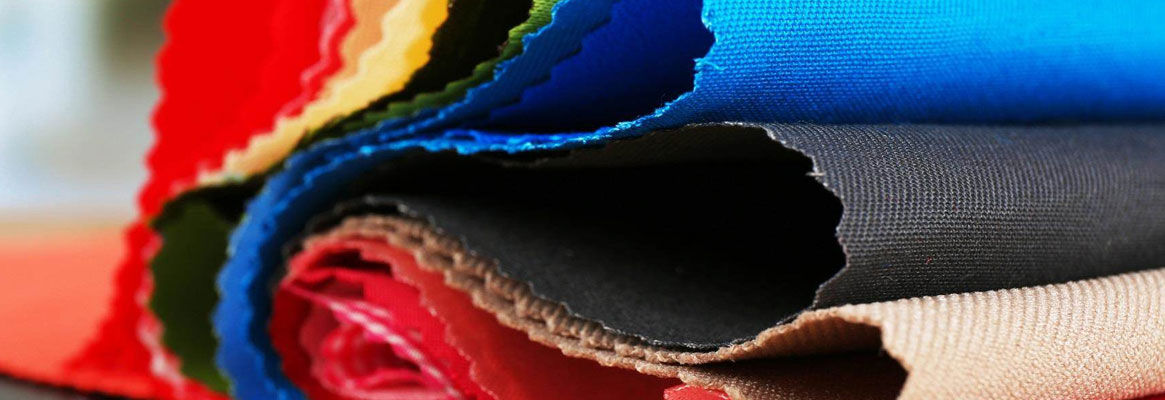Contact Us Today
TEXTILE WASTEWATER TREATMENT
Sustainability is an important element of success in the textile industry. Water used at a textile factory or facility can contain solvents, metals and compounds that lower water quality and risks the environment.
SSI Aeration helps increase the sustainability of industrial wastewater by using biological methods to eliminate pollutants. With a full selection of aeration systems, diffusers and membranes available for ETP solutions, SSI can help refine and enhance the textile wastewater treatment process.
Applications
The textile industry is a broad market covering many products and processes. A business’s textile wastewater composition may include anything from bleach and dyes to grease and chemical waste. With a wastewater treatment plan, businesses can save money and increase their self-sufficiency by recycling wastewater and using it for other applications.
Textile Processes
Workers in the textile industry may take on all types of work. Some of the processes that are common in textile factories include:
- Sizing
- De-sizing
- Scouring
- Bleaching
- Mercerizing
- Dyeing
- Printing
- Finishing
Each of these textile processes generates wastewater in varying amounts.
Materials
The types of materials used in textiles can produce contaminated wastewater. Textile workers use a wide range of materials, such as:
- Denim
- Felt
- Velvet
- Fleece
- Mohair
- Gabardine
- Muslin
- Gauze
- Brocade
- Crepe
- Poplin
- Corduroy
- Flannel
- Chintz
- Tweed
- Gingham
- Taffeta
- Chiffon
- Terrycloth
- Demask
- Fustian Fur
SSI clients in the textile industry have access to reliable MBBR systems that treat water while protecting against harmful substances. These systems can help simplify maintenance, reduce costs and benefit the environment.
Textile Wastewater Characteristics
As various textiles contain different chemicals, solids and metals in their composition, those materials contaminate textile wastewater. Common pollutants within textile wastewater include:
- Synthetic dyes, pigments and chemicals.
- Phenols, found in disinfectants.
- Formaldehyde, used as a disinfectant, preservative and fungicide.
- Phthalates, which make plastics more durable.
- Surfactants, such as a cleaning detergent.
- Chlorophenol, used as a disinfectant and pesticide.
- Heavy metals, such as lead, cadmium, arsenic, chromium, zinc and nickel.
- Chlorides, found in salt and used for binding dye molecules to fabric surfaces.
- Sulfates, used as a dye additive to enhance absorption.

Many of these chemicals, acids, starches and dyes are harmful to the environment and human wellbeing. Many textile wastewater chemicals are mutagenic and carcinogenic for humans and other life forms. As such, they have the potential to cause cancer and induce genetic mutations. Thus, it’s essential to find sustainable solutions for textile wastewater treatment, both for human health and the environment.
Common Challenges in the Textile Industry
Adopting a practical and comprehensive wastewater treatment program is essential, given the toxic materials contained within textile wastewater. Still, challenges in the textile industry present obstacles. Here are two of the most common challenges in the textile industry concerning wastewater management:
- Lack of space: Many textile facilities lack the space to install large-scale wastewater treatment programs. In this way, sustainable wastewater treatment of textiles can seem optimistic for textile facilities with insufficient space.
- Filtration issues: Besides lack of space, some textile facilities have complex filtration needs. Such facilities need workable filtration alternatives for filtering through various acids, chemicals and starches. Many facilities rely on the most ready-at-hand solution if an alternative is not present. Such solutions are often unsustainable or ineffective.
Wastewater Treatment Process
SSI Moving Bed Biofilm Reactor (MBBR) wastewater treatment systems support the high demands of the textile industry. MBBR is a biological wastewater treatment method that includes both aeration processes and biofilm technology.
First, the water is placed in an aeration tank containing small plastic chips called media. These media grow microorganisms that remove harmful waste materials from the water. An aeration grid helps the media move around the tank to consume the contaminants more efficiently.
Other processes that can remove waste in smaller textile factories include coarse bubble and rubber diffuser aeration. Diffusers introduce oxygen into the water, eliminating bio-solids and other harmful substances. SSI also offers membranes for disc diffusers and tube diffusers.
Benefits of Working With SSI
SSI provides contractors and engineers in almost every industry with high-quality aeration systems. The benefits of working with the company include:
- Reliability: SSI manufactures wastewater treatment systems with maximum chemical resistance and enhanced performance. Clients trust us to deliver powerful, long-lasting solutions.
- Cost-effectiveness: Many SSI products come at a lower cost, and our systems are efficiently designed to help clients maintain cost-effective operations. Reduced maintenance and increased performance contribute to long-term cost savings.
- Retrofitting options: Even if a client has system components from other manufacturers, SSI can provide various retrofitting options. We have disc and tube diffuser membranes compatible with all types of systems.
Recommended Products for the Industry
To overcome the challenges of effective and sustainable wastewater treatment in the textile industry, here are some recommended products:
- MBBR system: MBBR systems consist of an aeration tank where microorganisms grow and consume organic material in textile wastewater. Since MBBR tanks allow higher biomass concentrations than typical sludge tanks, they are an excellent option for textile facilities concerned about lack of space.
- Fine bubble disc diffusers: Fine bubble disc diffusers make water cleaner by improving aeration efficiency. They come in various sizes and work with EPDM and PTFE membranes.
- PTFE membranes: PTFE membranes contain an EPDM substrate and PTFE surface layer for improved quality, uniformity and cost-efficiency. These membranes reduce scaling, fouling and cleaning needs. They also have unparalleled resistance to different chemicals, oils and solvents. They are an ideal choice for textile facilities with advanced filtration needs.
Contact Us
SSI can build and refine a textile wastewater treatment plan design for any company. From larger ETP projects to smaller aeration solutions, SSI can handle the demand. For more information, contact us online or call 845-454-8171.
Contact Us
Tube Diffusers
FINE BUBBLE TUBE DIFFUSER – SSI Aeration’s Fine Bubble Tube Diffuser and advanced membrane materials offer outstanding resistance to chemicals and fouling, in addition to the highest oxygen transfer […]

Retrofit Membranes for Aeration Diffusers
SSI Aeration, Inc. makes industry standard diffuser membrane retrofitting simple. Our patented products have compatibility with most wastewater systems across the globe for customer convenience. SSI makes retrofitting disc […]

Aeration Bubble Pattern Image Analyzer
Quite a lot, actually…. If you are having problems with your aeration basin, you want tips on how to deal with an abnormal […]

How Do Wastewater Treatment Plants Work?
Wastewater treatment is vital for healthy communities and ecosystems. It provides clean, healthful water for industrial and municipal use, cuts down on disease transmission, and helps ensure a green, […]








